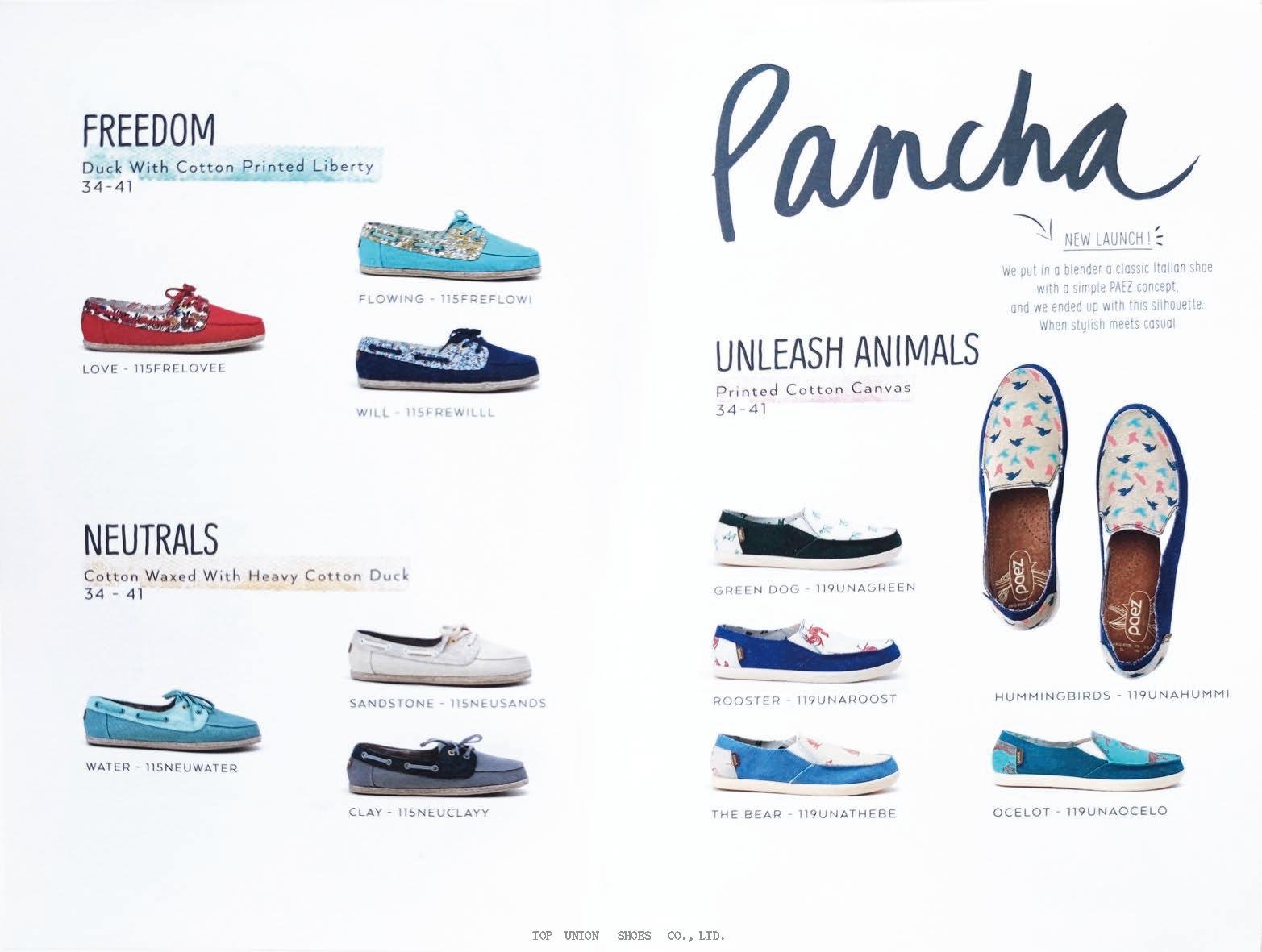As technology advances, so does the manufacturing process for producing shoes.
One such process is the Direct Injection Process (DIP) technology, which involves injecting molten material directly into the shoe mold.
While this technology has several benefits, including durability and flexibility, it also has some drawbacks that manufacturers must consider when making kids’ shoes.
In this article, we will discuss the disadvantages of making kids’ shoes with DIP technology.
I. Cost
One of the most significant disadvantages of using DIP technology is the higher production costs compared to traditional shoe-making methods.
This is because DIP technology requires specialized equipment and expertise, which can result in higher production costs.
For smaller manufacturers or those with limited resources, this can be a significant barrier to entry.
II. Limited Material Selection
Another disadvantage of DIP technology is the limited material selection.
DIP technology is limited to specific materials, such as polyurethane, which may not be suitable for all types of shoes.
This limits the design and material options available to manufacturers and designers, which can be a significant drawback for those looking to create unique and diverse shoe designs.
III. Lead Time
DIP technology is a time-consuming process that requires precision and accuracy in molding and injection.
This can result in longer lead times for production, making it difficult for manufacturers to meet tight delivery schedules.
For those who require a quick turnaround time, DIP technology may not be the best option.
IV. Initial Investment
The equipment and technology required for DIP production can be expensive, requiring a significant initial investment for manufacturers.
This can be a barrier to entry for smaller manufacturers or those with limited resources. Yet, once the initial investment is made, the technology can help to reduce long-term costs.
V. Complexity
DIP technology is a complex process that requires a high level of skill and expertise to operate effectively.
This can result in a higher rate of defects or production issues, especially for manufacturers who are not familiar with the technology.
Additionally, the process requires a high level of automation, which can increase costs and reduce flexibility.
VI. Maintenance
DIP equipment and technology require regular maintenance and repairs, which can result in additional costs and downtime for manufacturers.
This can be a significant disadvantage for those who require a quick turnaround time or have limited resources for maintenance and repairs.
In conclusion, while DIP technology has several advantages in kids’ shoe production, it also has some disadvantages.
These include higher production costs, limited material selection, longer lead times, significant initial investment, complexity, and maintenance requirements.
Manufacturers must weigh the benefits and drawbacks carefully before making a decision to adopt the technology.
While the technology can help to improve the quality and durability of shoes, it may not be the best option for all manufacturers and designers.
















